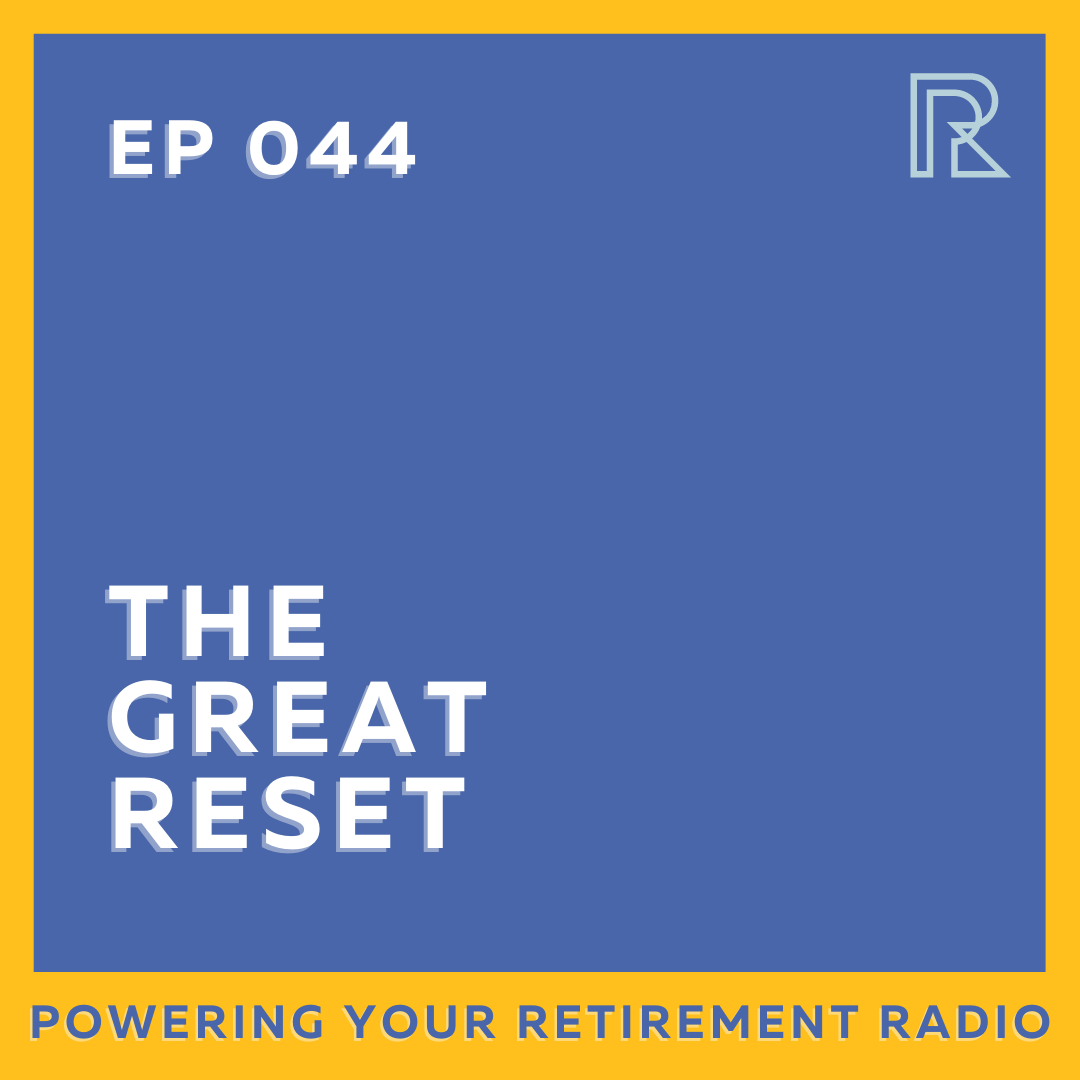The Great Reset

December 1, 2022
The great reset is coming. Every year at the end of the year, everything gets set back to Zero. Everyone likes it when the market is up, but 2022 certainly has not been an up year. Every year on December 31st, all reporting systems reset. When the market is up, an advisor dislikes the reset since you lose the good performance. When the market is down, we don’t mind it as much because it is great to forget the downturn.
Regardless of whether the market is up or down, the fact that the reset happens means you need to understand math. For instance, this year, the market is currently down 17%, which means if you started the year with $100,000, you’d have $83,000 today. If the year ended today, it would take a 20% return on the $83,000 to get back $100,000. If you were up 17% and then lost 14.5%, you would be back at $100,000.
Enough math. The market goes up and down. Percentages can play games with what you need to make up for downturns. The key to remember is currently, every time the market has gone down, it has come back and reached new highs. While I can’t say that will happen again, with certainty, it seems likely that it will happen.
If you are retiring this year, it can be a little trickier since you will be pulling a higher percentage of your portfolio since it is the account would be down. As the market grows, you will be taking a smaller percentage.
If you are still working, you are regularly investing in your 401k, which means you are Dollar Cost Averaging each month. As the market falls, you buy a few more shares each month than before. The whole time you are lowering your cost basis. Once the market returns to its previous high levels, you don’t lose those shares. They are there for as long as you hold them.
Once you retire and start taking money out of your account, you are not likely to take all your money out simultaneously. So, you start systematically withdrawing money out of your account. This is essentially the same concept of Dollar Cost Averaging but reverse. If the market is going up, you sell fewer shares every month, and if it goes down, you will sell a few more shares.
Since retirement is hopefully a multi-decade experience, you are going to sell shares and take money over several market cycles, meaning the withdrawals will likely average out over time.
From 1950 to 2020, on 12 different occasions, the S & P 500 fell 20% or more, with an average fall taking over 340 days and the average decline being just over 33.3%. The market falls more than 10% about every 1.2 years, and from 1980 to 2020, there have only been two years without a 5% loss and another 4 years where it only fell 5% one time. So that is 34 years with multiple 5% declines.
I know that is a lot of numbers, but the story’s moral is that despite this lackluster year, with high inflation, and political upset, what is happening in the market is not unusual. There are lots of people that want you to reposition portfolios and change strategies. Now is not the time to change your plan. Good solid diversified portfolios are meant to weather difficult markets. The goal is not to not go down but to go down less. With the market down 17%, you need a 20% return to break even. If you are only down 13%, you only need a 15% return to break even.
Stay strong, review your plan, and know your numbers.
That is it for this week.
Leave a Reply Cancel reply
subscribe to my newsletter
© 2022 Powering Your Retirement | Legal | Brand and Website by Lyss House Creative